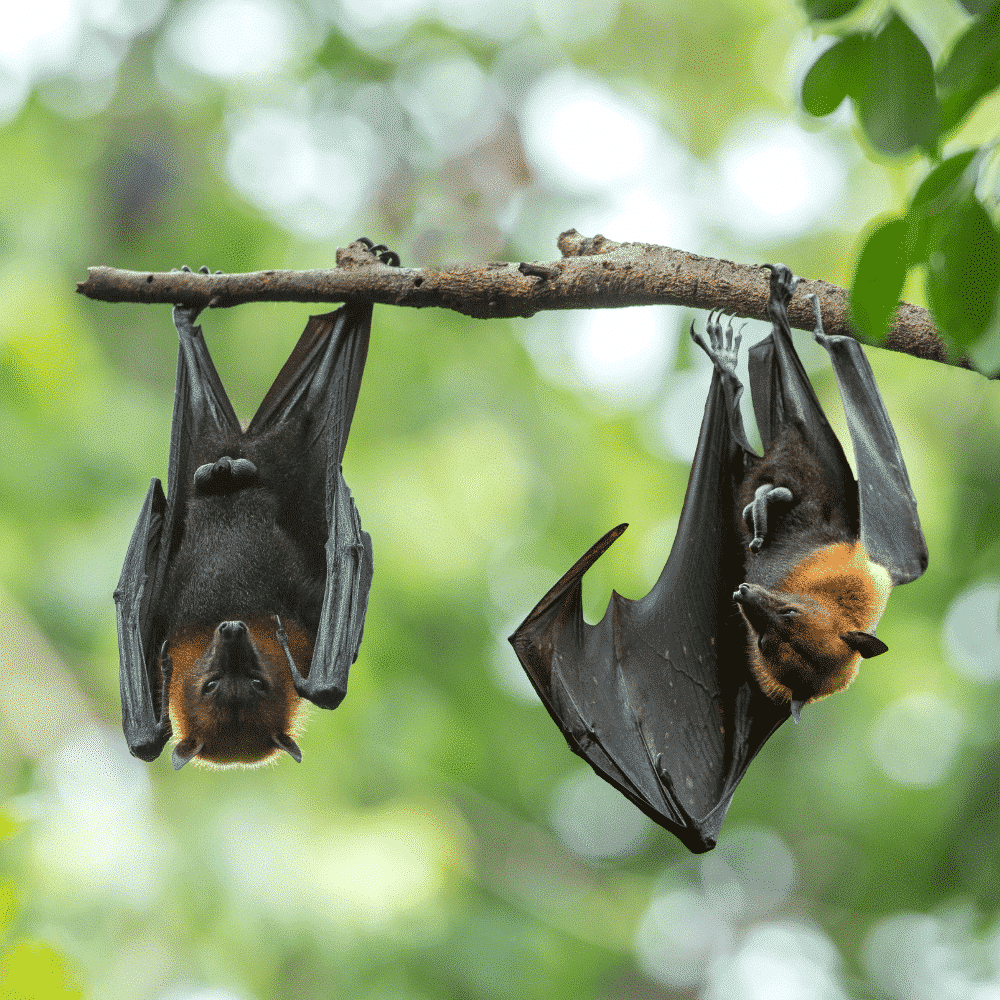
Bats
by Valle Novak
My bed is situated so that I can lie and see what’s going on outside the window: The wind in the trees, the moon rising, the bats busily gathering mosquitos – and I thoroughly enjoy all of it.
I’ve always liked bats since my years as a young girl in our summer cabin at Lower Twin Lakes. I’d sit on the dock and watch the small creatures dipping over the lake, squeaking occasionally rather like the mice they resemble. Bats, however, are NOT flying mice, and are a truly valuable asset to the ecosystems in which they live and work. Now, I still enjoy watching them swoop around the perimeter of the deck, feeding where the porch light draws myriad insects to its glow.
Through the years, I’ve captured and released many misguided bats lost in the attic or down the fireplace chimney, and regretfully pulled a few dead ones from that last fatal foray when the fire happened to be burning. When one has the chance to examine that tiny, furry body, one has to be entranced at how exquisite, how efficient, they are. Bats, however, are the victim of much adverse publicity, so I was delighted to see a bat booth at the recent Bonner County Fair. I picked up a wonderful array of literature that not only points up the importance of bats but addresses the questions as well, and want to share the information with you today.
Of course most of us know that bats are not really blind, are not “flying mice,” and don’t get tangled in your hair – they wouldn’t like that any more than you would. Their echolocation, which allows them to fly and hunt in the nighttime, helps them to detect objects (as fine as human hair) in total darkness. In fact, the research of their highly sophisticated sonar helped provide the navies of the world with today’s technology in that realm.
They are mammals, nursing their young, and can live up to 34 years. They reproduce slowly, most species bearing and nursing just one “pup” a year. Bats are very clean – constantly grooming themselves – and are exceptionally resistant to disease. An occasional bat, however, can contract rabies, but the answer to the question this poses is simply, LEAVE THEM ALONE. Even bats sick with rabies are nonaggressive and will bite only if handled – so don’t!

Most importantly, bats are vital to the balance of nature and are agricultural allies. By pollinating flowers and dispersing seeds, bats are responsible in some tropical and rain forests for up to 98 percent of early reforestation on cleared land. Aside from the mosquitoes they devour in our back yards, they are primary predators of beetles, moths, leaf-hoppers and other insects that cost farmers and foresters billions of dollars every year. One statistic points out that a colony of just 150 big brown bats can eat enough cucumber beetles each summer to protect farmers from 33 million rootworms, pests that cost up to a billion dollars annually.
Their value in tropical fruit orchards ensures that we can enjoy bananas, mangos, guavas, avocados, dates, figs, cashews, carob and cloves – along with bat-dependent plants that provide fiber (for bandages, life preservers and rope).
But, bats are endangered. Their populations are in decline in north America, partly from habitat loss and environmental pollution, but primarily from wanton destruction by humans! Myths and the fear of something that flits swiftly in the night, causes most people to kill them when they find them. That loss increases the demand for chemical pesticides which in turn jeopardizes whole ecosystems of other animal and plant species – which we rely on for our own health, comfort and economic well-being.
Last word: If you have bats in your belfry – or attic, woodshed, or barn – give them a break! Let these amazing little creatures which have lived since the age of dinosaurs continue to do their jobs. Move them if you must (VERY carefully) – if they’re in your upstairs bedroom, for instance – but please release them unharmed to continue their work in maintaining our world’s welfare.
Educate yourself by visiting www.batcon.org on the internet, or write to Bat Conservation International, P.O. Box 162603, Austin, TX, 78716 (512-327-9721).
Originally published 9-9-01 in the Bonner County Daily Bee.







Responses